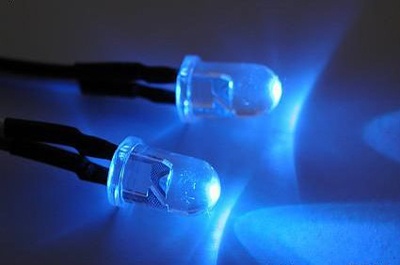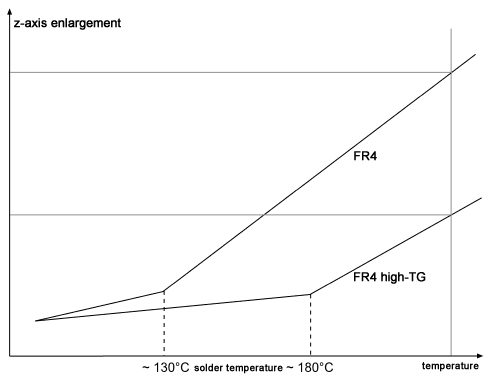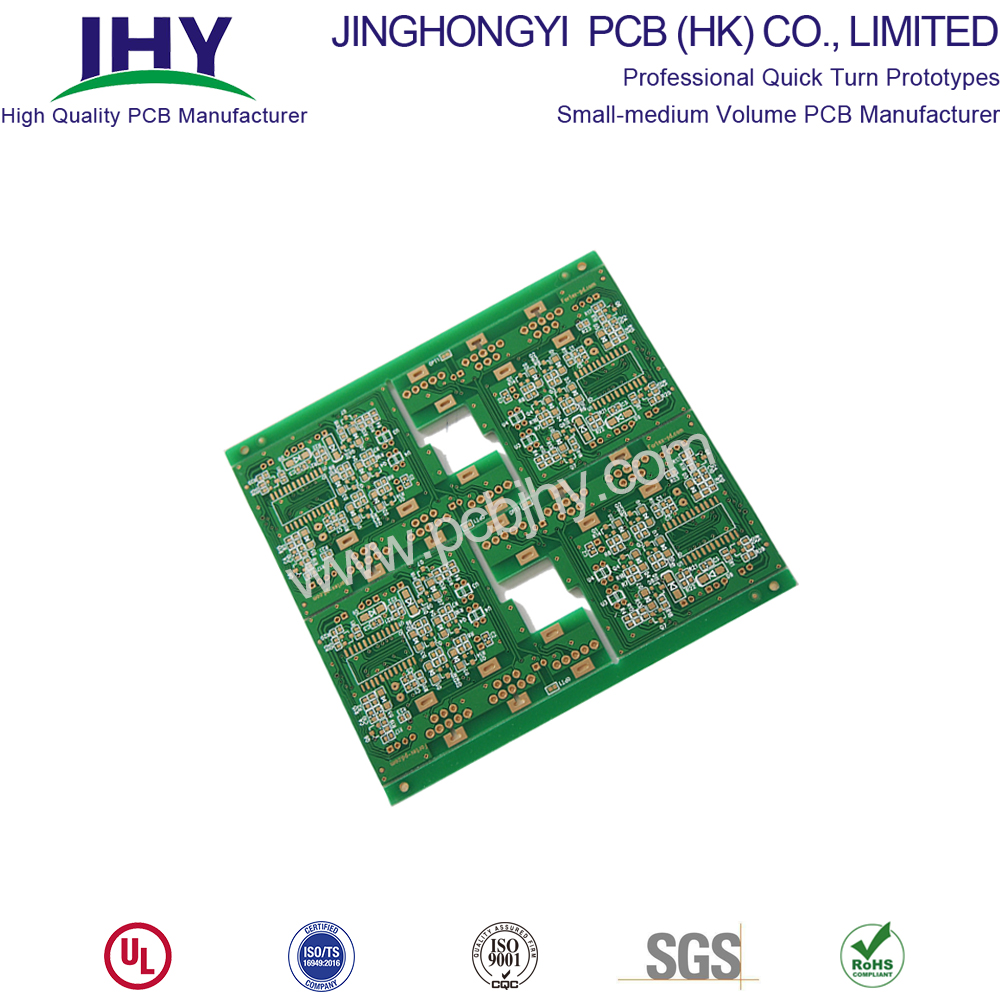Today's core language
On March 7th, Minister of Industry and Information Technology, Miao Wei, said in an interview with the media during the two sessions that by 2020, it plans to cultivate three to five internationally competitive leading enterprises and 8 to 10 supporting industrial clusters. Domestic robots account for about 45% of the market share of robots. In recent years, the development of domestic robots has made great progress. About half of the robots used in the automotive industry in the past have now broken through this limit and have become popular and applied in other industrial industries such as the electronic information industry. For more information on technology, please pay attention to the daily electronic core morning newspaper.

First, the robot
1. The market share of domestic robots will reach 45% in 2020. On March 7th, Minister of Industry and Information Technology, Miao Wei, said in an interview with the media during the two sessions that by 2020, it plans to cultivate three to five internationally competitive leading enterprises and 8 to 10 supporting industrial clusters. Domestic robots account for about 45% of the market share of robots.

Second, automotive electronics
1. Technology companies cannot win future car battles. Apple's ability to develop portable, satisfying products is unquestionable. Recently, it has been reported that Apple is planning to develop a new "mobile device" that can even carry its users, namely electric vehicles. However, the Economist website published an analysis saying that regardless of the future of the car, technology companies are difficult to shake the current auto industry landscape.
2. Hyundai has just launched a smartphone app, including the Android Wear version. The app's name is Blue Link, which allows modern car users to remotely control almost any of the most popular features of cloud-based smart in-vehicle systems with Android Wear smart watches. Apple fans don't have to worry about it, because Hyundai Motor promises that Apple Watch will also launch Apple's smart watch version after its launch.

Third, LED
1. Samsung Electronics said it has acquired a small US company that produces LED screens. Samsung acquired YESCO Electronics in Utah, a company that specializes in manufacturing digital billboards and information signage. The specific purchase price was not disclosed. Samsung itself produces some of the key components used in its electronics, and the displays used on flat-panel TVs and smartphones come from its display panel manufacturing division. Most of the LCD screens produced by Samsung are LED screens.
2, UV / IR LED, Taiwan factory star of tomorrow. With the increasing popularity of LED lighting and the rise of LED manufacturers in China, LED lighting has a heavy pressure on price competition. Taiwanese factories have also accelerated the deployment of various LED niche applications. Among them, UV/IR LEDs are the next strategic development goal of major manufacturers. Consolidate industrial status. Especially under the driving force of LED technology, UV LEDs are recognized from banknotes, applied to hardening of optical resins, insects, printing, and to the market of sterilization and disinfection. It is estimated that global UV LEDs will grow at an annual growth rate of 20% in the next few years. At the same time, IR LEDs will also be applied from remote controls, mice, and communications to mobile phones, vehicles, and applications such as infrared surveillance and infrared medical applications.

Fourth, virtual reality
1, Magic Leap founder: Microsoft holographic glasses make people dizzy and disgusting. In the early morning of March 7th, Beijing time, Rony Abovitz, founder of augmented reality technology developer Magic Leap, said that in addition to the company's technology, all other augmented reality glasses such as Microsoft Hololens will give the wearer Dizziness and nausea. But for now, it's hard to compare Microsoft HoloLens with Magic Leap because the outside world still knows little about the latter's technology. Abdovich said that the technology behind the Magic Leap product is a "Dynamic Digital Square Signal" technology that "recently replicates the interaction between the real world and the human eye system" but refuses to disclose details.
2. AMD launched the new virtual reality LiquidVRTM technology. AMD announced at the Game Developers Conference (GDC) that it will partner with its partners through AMD's innovative technology to provide developers and users with the best virtual reality experience. The first step of AMD's plan is to launch LiquidVR, which consists of a series of innovative technologies that help people use AMD's hardware to develop superior virtual reality content and accelerate their performance with virtual reality headsets. Plug-and-play compatibility to enhance the comfort of a variety of virtual reality applications.

Five, intelligent hardware
1. It takes 2 hours to fully charge the Apple Watch. On the morning of March 7th, Beijing time, according to tech blog TechCrunch, people familiar with the matter said that the Apple Watch smart watch is fully charged and takes about 2 hours to fully charge. TechCrunch also said that Apple Watch will only send notifications to users when they are worn on the wrist. If there is no contact with the skin, it will not be able to achieve this function, avoiding unnecessary interruptions. In addition, when the power drops below 10%, the system will automatically turn off the notification function.
2, the new generation of iPad mini will be launched soon: processor upgrade. Beijing time on March 7 morning news, according to the technology blog Macotakara reported, informed sources, Apple will soon launch the iPad mini 4 tablet, equipped with A8 processor and 802.11ac WiFi module. Although the same configuration as the iPhone 6 and 6 Plus, it is still not as good as the A8X processor of the iPad Air 2. Apple added the Touch ID fingerprint sensor when it upgraded the iPad mini 3 last year, but it still has the same A7 processor as the iPad mini 2, and the overall design is the same.

Semiconductor
1. The patent wars will start again, and the war will continue to burn the memory industry. Memory technology is booming. In addition to related technologies, memory patents have become a competitive weapon for technology companies. According to the survey report of iRunway, a technology consultancy, this trend is becoming more and more obvious, and memory patents will set off another wave of patent wars. According to Virtual Strategy magazine, iRunway recently investigated various semiconductor memories such as DRAM, SRAM, and NAND Flash, covering more than 80,000 patents and applications, and in-depth analysis of changes in US memory patents in the past 20 years, and mainly Significant litigation and authorization cooperation between people. According to the survey, Micron, Samsung Electronics, Toshiba, IBM and Intel account for the highest share of memory patents and applications, totaling 25%; SanDisk, Micron, Intel has the most developmental patents.

High TG PCB - High Temerature Circuit Board for PCB applications that requires high temperature.
In recent years, there are more and more customers request to manufacture PCB with high Tg.
If you work with Printed Circuit Boards in your industry, you may or may not be familiar with the high-TG PCBs. Since the effective operation of your printed circuit boards is so important to your business, it may be in your best interest to understand a little bit more about high-TG printed circuit boards.
Tg means Glass Transition Temperature. As flammability of printed circuit board (PCB) is V-0 (UL 94-V0), so if the temperature exceeds designated Tg value, the board will changed from glassy state to rubbery state and then the function of PCB will be affected.
If working temperature of your product is higher than normal (130-140C), then have to use high Tg material which is > 170C. and popular PCB high value are 170C, 175C, and 180C. Normally the PCB Tg value should be at least 10-20C higher than working temperature of product. If you 130TG board, working temperature will be lower than 110C; if use 170 high TG board, then maximum working temperature should be lower than 150C.
When Do You Need a High-Temperature Circuit Board?
You need a high-temperature circuit board for your applications if your PCB will be experiencing a thermal load no greater than 25 degrees Celsius below the TG. If your product will be operating in the 130-degree Celsius range or higher, you will want to use a high-TG PCB to be safe. The main reason for the Hi TG PCB is because of the movement to RoHS pcb`s. It is causing most of the pcb industry to move toward Hi-TG materials because of the higher temperatures needed for the lead-free solder to flow.
Applications for High-Temp PCBs
If you are working with high power density designs whose heat generation is likely to overwhelm your heat sinks or other heat management methods, a high-TG PCB is really the only answer. Trying to reduce the heat generation of your PCB may affect the weight, cost, power requirements or size of your application, and it is usually much more cost-effective and practical to simply start with a high-temperature heat-resistant PCB.
High temperatures can be disastrous for unprotected PCBs, damaging dielectrics and conductors, creating mechanical stresses due to differences in thermal expansion rates and ultimately causing everything from inconsistent performance to total failure. If your applications are in any danger of subjecting your PCBs to extreme temperatures or the PCB is required to be RoHS Compliant, it will be in your best interest to look into high-TG PCBs.
-
Multilayer PCB boards with many layers
-
Industrial electronics
-
Automobile electronics
-
Fineline trace structures
-
High-temperature electronics
Considerations for Heat Dissipation
High-TG PCBs will be very important when you are looking to protect your printed circuit boards from the high temperatures of your application`s process or during the extreme temperatures of lead free assembly, but you will naturally want to consider multiple methods of drawing the extreme heat generated by electronic applications away from your board.
There are three considerations for dissipating the high heat generated by the action of electronics with printed circuit boards: convection, conduction and radiation.
Convection heat transfer is the process of transferring heat to air or water to allow it to flow away from an area - for example, when fluid absorbs heat and flows to a heat sink where it cools. Convection can also refer to the use of a fan or pump to force air over the surface, drawing heat away with it.
In most printed circuit boards, you will find a convection system where convection, usually including a cooling air fan, bears the heat through thermal vias to large, emissive heat sinks connected to conductive backings.
Conduction heat cools by putting the heat sink in direct contact with the heat source, allowing the heat to flow away from the source much like an electrical current flows through a system.
Designers dissipate radiation heat by making sure to design a direct path for electromagnetic waves to flow away from the source. Although electromagnetic wave radiation does not generate a tremendous amount of heat, if the board is designed to put reflective surfaces in the path of these waves, it can cause a rebound effect and significantly magnify the amount of heat that radiation generates on the board.
You can see that the more heat you need to deal with, the more it affects the design of the board. Reducing power density can limit the effectiveness of your product while adding heat sinks and fans can increase size, weight and cost. This is why, even if you are aware of other effective methods of heat management, it can be a very good idea to look into high-TG materials as part of your overall heat control solution.
High TG PCB Materials
At JHYPCB, we offer Complete PCB Assembly solutions for all types of High-Quality PCB Fabrication and High-Quality PCB Assembly requirements. Among the most common special requirements for PCB Fabrication is the need for high-temperature tolerance to withstand demanding operating conditions and/or environments.
We often encounter questions from our clients about the temperature requirements for the PCB Assembly Process itself, and whether or not a specific material selection will be required for Lead-Free PCB Assembly. Since our facilities are all fully RoHS Compliant, all of our default materials are suited to the higher Reflow Soldering temperatures of lead-free processes. You never have to worry about selecting a more robust heat profile for the production process itself, but in some cases, the finished boards must operate at high-temperature levels for prolonged periods. In this case, we provide a selection of PCB Materials that can meet your specific needs.
Temperature profiles for PCB material are generally expressed through the Tg (Glass Transition Temperature) of the material. This metric notes the temperature at which the stiff, glass-like polymer softens and is subject to warping or other physical defects. If you do not specify a minimum Tg level for your boards in your PCB Design Files, we will normally use our default Tg 140 FR4 material, which is sufficient to withstand the reflow soldering process and the majority of standard operating conditions.
We also offer higher Tg materials for your convenience, such as Tg 170 FR4 material, and IT180A with a characteristic Tg 180. We still offer all of our Standard PCB Options with high-Tg boards, so you will not have to worry about changing your design as a result of this material selection. The chart below shows a selection of PCB materials and their characteristics for your reference.
What Is FR-4?
FR-4 is a grade designation for flame-retardant fiberglass reinforced epoxy material. Thus, FR-4 PCB offers a much greater level of resistance to heat than a standard PCB. FR-4 circuit boards are divided into four classifications that are determined by the number of copper trace layers found in the material:
• Single-sided PCB / Single-layer PCB
• Double-sided PCB / Double-layer PCB
• Four or more than 10 layers PCB / Multilayer PCB
The characteristics of High Tg materials are listed below:
-
Higher heat resistance
-
Lower Z-axis CTE
-
Excellent thermal stress resistance
-
High thermal shock resistance
-
Excellent PTH reliability
-
Pcbway offers some popular High Tg materials
-
S1000-2 & S1170: Shengyi materials
-
IT-180A: ITEQ material
-
TU768: TUC material
Technical options for High-Tg circuit boards
CTE-z
The CTE value shows the thermal expansion of the base material. CTE-z represents the z-axis and is e.g. due to the stability of the vias, of high importance. A higher Tg value favors a low CTE-z value which represents the absolute expansion in the z-axis. Errors like pad lifting, corner cracks and cracks within the via can be prevented through a low CTE-z value.
T260 - T288 value, Td
The decomposition temperature Td of a resin system depends on the binding energies within the polymers, and not on the glass transition temperature Tg. A good indicator for this characteristic is the T260 or T288 value, which specifies the time until delamination at 260°C or 288°C, respectively.
A very important indicator of the heat resistance is the time-to-delamination at a certain temperature. This test is preferably performed at 260 °C or 288 °C. The T260- or T288-value is the time to delamination of the tested material at 260 °C or 288 °C, repectively.
Td: Temperature-of-decomposition indicates the temperature at which the base material has lost 5% by weight and is an important parameter for the thermal stability of a base material. Through exceeding this temperature an irreversible degradation and damage to the material by the decomposition occurs.
High TG PCB Advantages
-
High glass flow temperature value (TG)
-
High-temperature durability
-
Long delamination durability
-
Low Z-axis expansion (CTE)
High TG PCB manufacturer and manufacturing capability
JHYPCB can manufacture High-Tg Circuit Boards with a Tg value of up to 180°C.
We used below High Tg materials usually, if you need Data Sheet, please contact us directly.
|
Material
|
TG
|
Td
|
CTE-z
|
Td260
|
Td288
|
|
(DSC, °C)
|
(Wt, °C)
|
(ppm/°C)
|
(min)
|
(min)
|
|
S1141 (FR4)
|
175
|
300
|
55
|
8
|
/
|
|
S1000-2M (FR4)
|
180
|
345
|
45
|
60
|
20
|
|
IT180A
|
180
|
345
|
45
|
60
|
20
|
|
Rogers 4350B
|
280
|
390
|
50
|
/
|
|
High TG PCB
Blank PCB,High TG PCB,High TG Circuit Board,High TG Printed Circuit Board
JingHongYi PCB (HK) Co., Limited , https://www.pcbjhy.com









